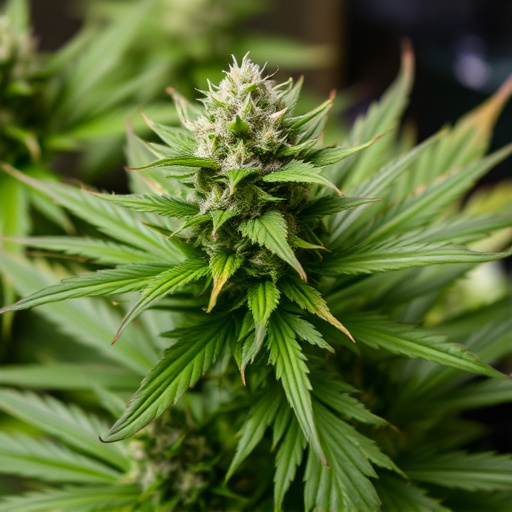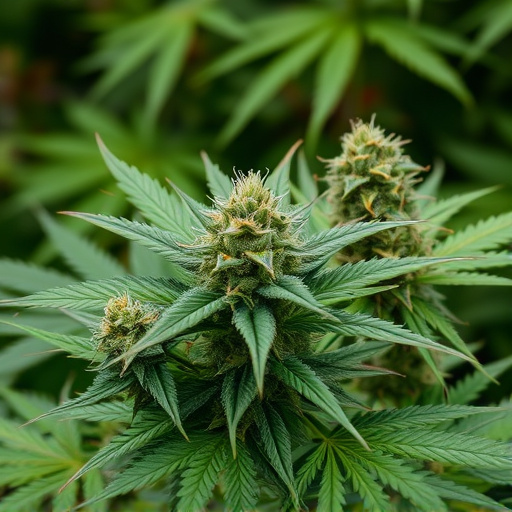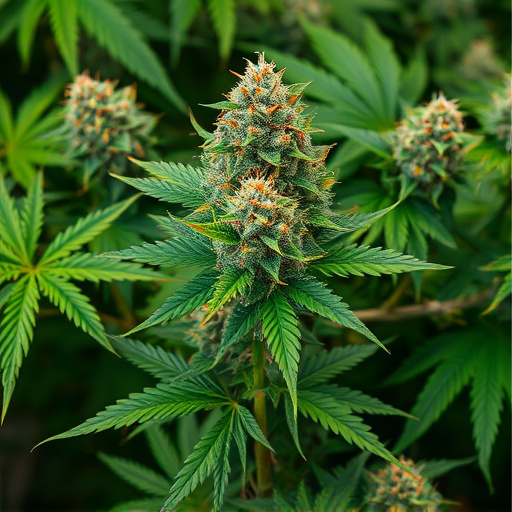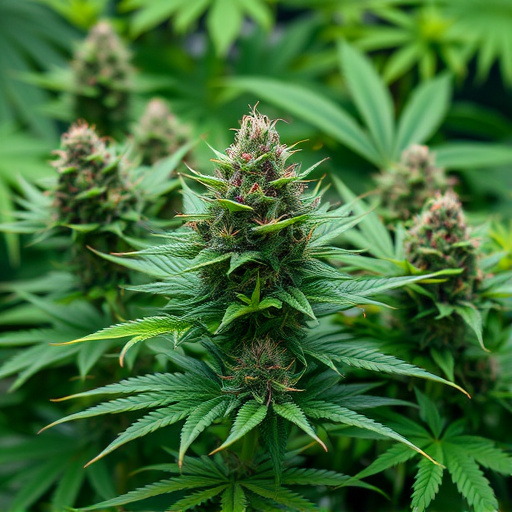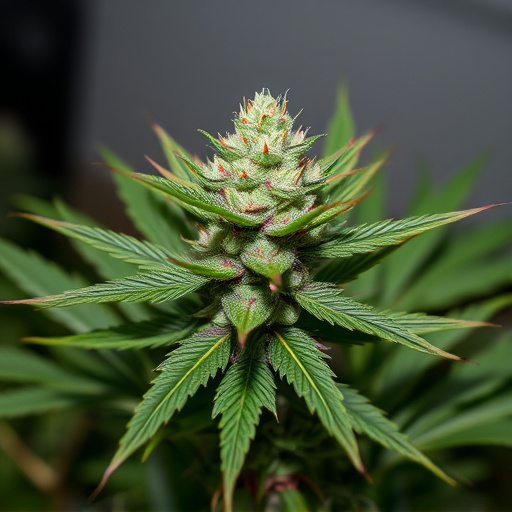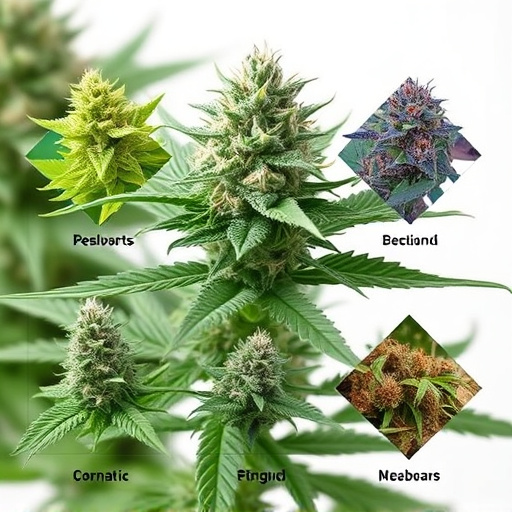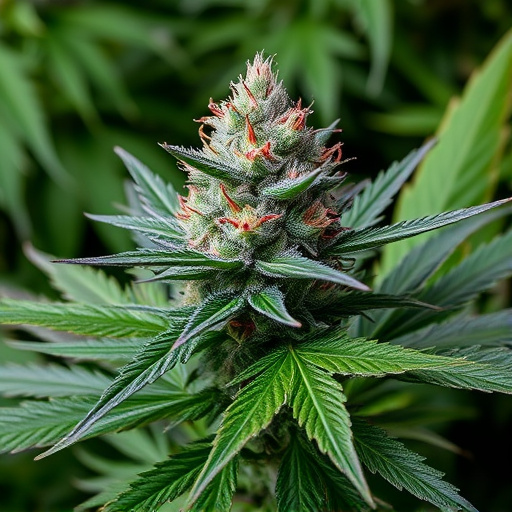Cannabis metabolites, especially THC-COOH, can be detected in urine up to 30 days after consumption, influenced by strain potency, metabolism, body weight, and use frequency. Sativa strains with lower THC levels are less likely to show positive results, while Indica varieties with higher THC concentrations may lead to more frequent positives. Hybrid strains' varying THC-to-CBD ratios impact detectability. To pass a drug test, consider hydration, specific vitamins, detoxification techniques, and regular exercise to boost metabolism and reduce cannabis' impact on the body's system.
“Uncovering the science behind weed’s impact on drug tests is essential for both users and employers. Cannabis, with its diverse strains, contains unique metabolites that can linger in the body, leading to potential positive results. This article explores how different types of cannabis strains affect drug screenings, providing insights into their detection methods. From understanding the metabolism of cannabinoids to employing strategies to pass tests post-use, readers will gain a comprehensive view of navigating these challenges. Discover the key factors influencing test outcomes and learn about effective countermeasures.”
- Understanding Cannabis Metabolites and Their Detection
- Types of Cannabis Strains and Their Impact on Drug Tests
- Strategies to Pass a Drug Test After Using Weed
Understanding Cannabis Metabolites and Their Detection
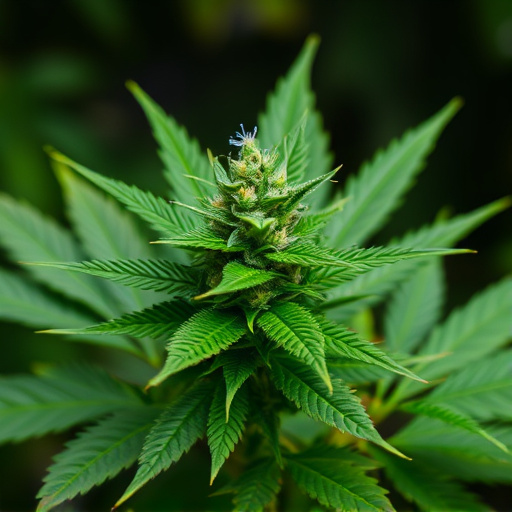
Cannabis, or weed, contains various chemical compounds known as metabolites, which are byproducts of its metabolism in the human body. Understanding these metabolites and their detection is crucial when it comes to drug testing. The most common and well-known cannabis metabolite is 11-nor-9-carboxy-Δ9-tetrahydrocannabinol (THC-COOH), which is a breakdown product of THC, the primary psychoactive compound in cannabis. THC-COOH can remain detectable in urine for extended periods, sometimes up to 30 days or more after consumption, depending on the frequency and amount used.
Different types of cannabis strains have varying levels of THC and other cannabinoids, which subsequently affect the concentration of metabolites in an individual’s system. For instance, high-THC strains will likely result in higher THC-COOH levels, making it easier to detect through drug tests. Additionally, factors like metabolism rate, body weight, and frequency of use influence how quickly and extensively these metabolites are eliminated from the body. Knowledge of these dynamics is essential for interpreting drug test results accurately, especially when considering the diverse range of cannabis strains available today.
Types of Cannabis Strains and Their Impact on Drug Tests
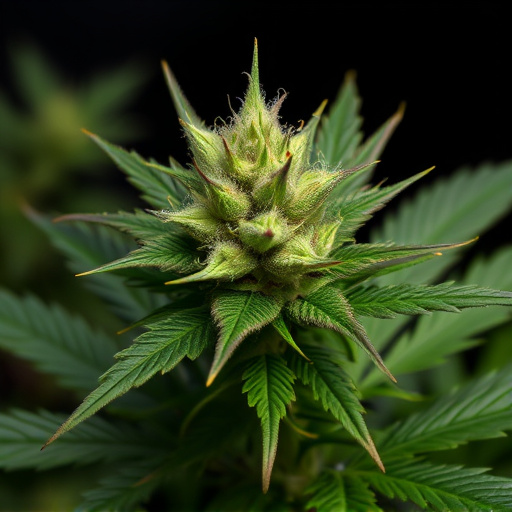
Cannabis, or weed, comes in various forms, each with unique chemical compositions that can significantly impact drug tests. The types of cannabis strains differ primarily based on their THC (tetrahydrocannabinol) and CBD (cannabidiol) content, playing a crucial role in determining the results of drug screening methods. Sativa strains, known for their energizing effects, typically have lower THC levels, making them less likely to produce positive results. On the other hand, Indica varieties, often associated with relaxing properties, tend to have higher THC concentrations, which could lead to more frequent positives.
Hybrid strains, as the name suggests, are a mix of both Sativa and Indica, offering a range of effects. These hybrids can vary widely in their THC-to-CBD ratio, affecting their detectability in drug tests. Higher CBD content is generally considered beneficial as CBD is known to interact with the body’s endocannabinoid system, potentially reducing the psychoactive effects of THC and thus minimizing the chances of failing a test. Understanding these types of cannabis strains and their varying impacts is essential for anyone concerned about passing drug tests while using marijuana products.
Strategies to Pass a Drug Test After Using Weed

If you’ve used weed and are concerned about a drug test, understanding how different cannabis strains can impact testing is crucial. Different types of cannabis strains vary in their concentrations of THC (tetrahydrocannabinol), the compound primarily responsible for causing a ‘high’. Heavy users may want to opt for indica strains, known for their relaxing and sedative effects, as they tend to have lower levels of THC compared to sativa strains, which are more energizing and cognitive-enhancing. Hybrid strains offer a balance between the two, providing a mix of relaxation and alertness.
There are several strategies to consider if you aim to pass a drug test after using weed. First, timing is key; the longer the cannabis remains in your system, the higher the chances of detection. Second, staying hydrated can help flush out toxins from your body. Third, some people claim that certain vitamins and supplements, like B-complex and milk thistle, can aid in detoxification processes. Lastly, regular exercise might speed up metabolism, potentially reducing the drug’s presence in your system.
Cannabis consumption has become increasingly normalized, yet understanding its effects on drug tests remains vital. By examining cannabis metabolites and their detection methods, as well as considering the varying impacts of different strain types, individuals can make informed decisions to pass drug assessments. Adhering to specific strategies post-use can help ensure accurate results, promoting a balance between personal choices and compliance with legal requirements.


